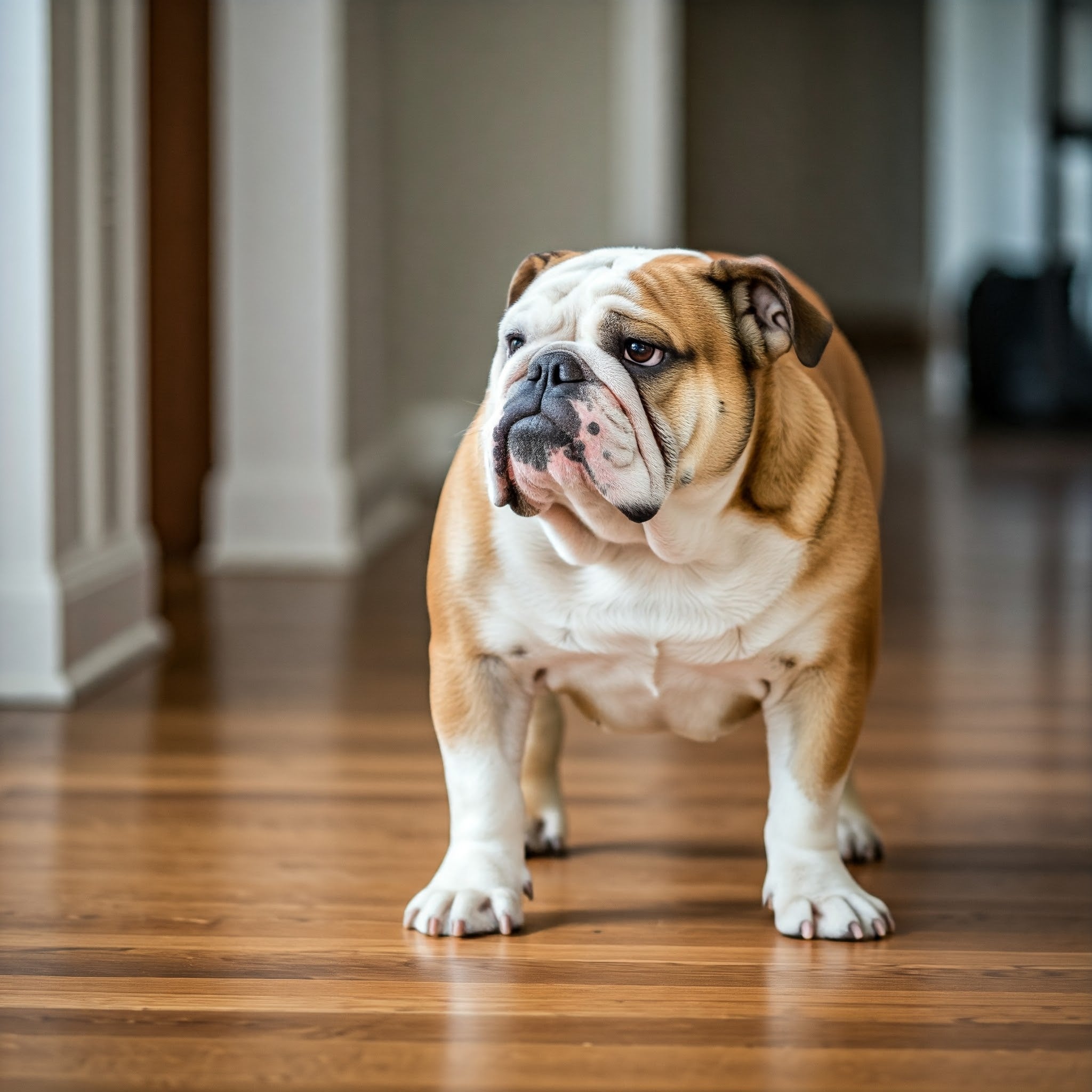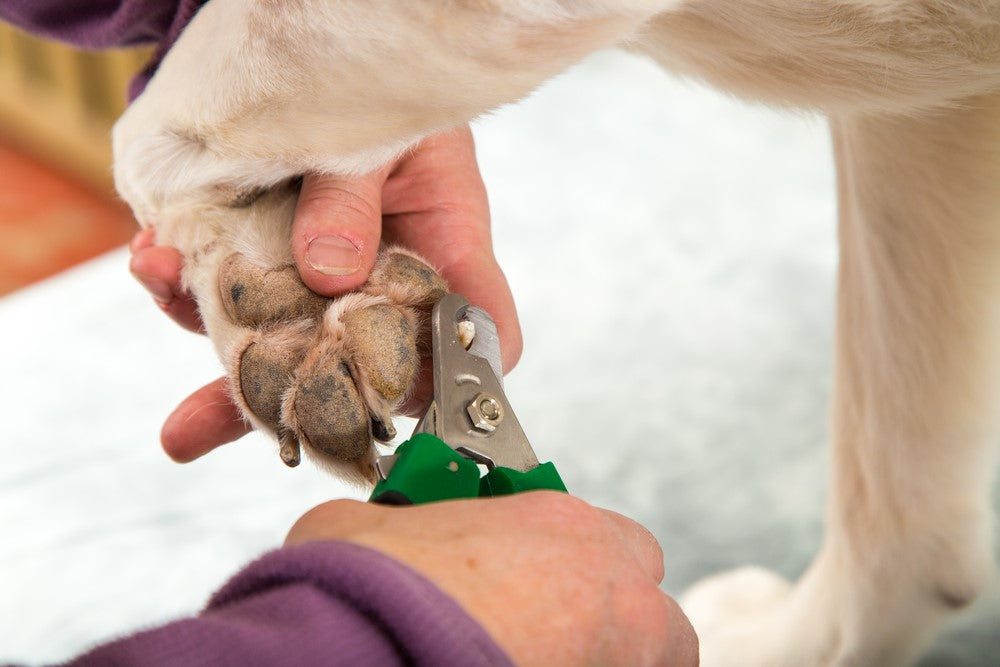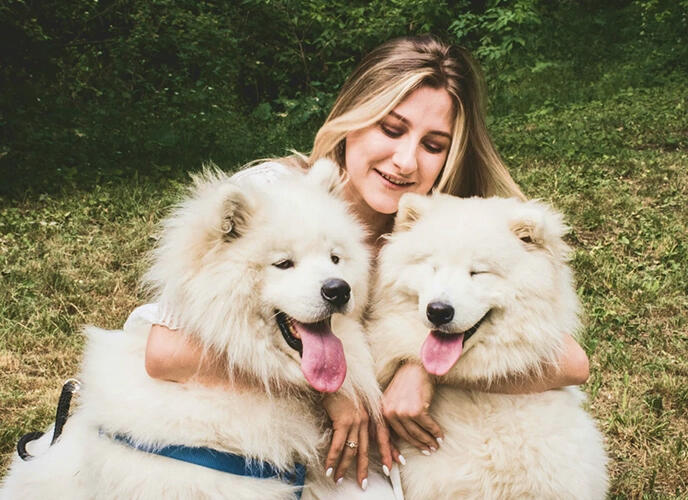Top Tips on Training Your Dog to Walk Nicely on a Leash
Whether your dog is a 5-lb Chihuahua or a 100-lb Rottweiler, it’s important for the dog to know how to walk properly when on a leash. Pulling, lagging behind, and lunging in all directions are behaviors that are annoying and, in some cases, downright dangerous. If your dog has gotten into this frustrating habit, you might think it’s a lost cause, but it isn’t: There are steps you can take to train a dog of any age to walk nicely on a leash. Check out the following tips and enjoy having a dog that walks calmly without pulling and lunging.
Choose the Right Collar
There are a variety of collars that different dog owners swear by. Here is a quick rundown of the most common types, along with the pros and cons:
- Buckle collar. This is a collar that buckles (or, in some cases, snaps) closed and fits over the dog’s head. It’s what most dog owners use to hold their dogs’ tags. It has the advantage of being comfortable, but many dogs can pull backward out of the collar, making it hazardous if your dog tends to be a bit of an escape artist.
- Martingale collar. A martingale collar looks like a round collar with a triangle at the top. When the dog pulls, the triangle gets larger, and the circle gets tighter, causing discomfort. When the dog relaxes, the collar becomes slacker. Most dogs cannot back out of this type of collar, and the reinforcement for poor behavior (i.e., pulling) is immediate and unmistakable.
- Shock collar (also called an e-collar). These are a bit controversial, but with the aid of a trainer, they can be effective and safe. The use of a low setting allows you to give your dog a mild electrical correction that will tell them right away that they need to check their behavior. These are most effective once the dog has some obedience training under their belt.
- Choke collar. These are not recommended unless you have been trained in using them correctly. Also, it’s important that you do not leave a choke collar on your dog when unattended because they can cause strangling. Some people like the way they deliver a quick and easy correction with a minor tug.
Plan on trying a few different types of collars so you can get to know what works best for your dog.
Some people prefer a harness. There are several types available that can help your dog learn not to pull. Two common types are the Gentle Leader and the Easy Walk. You can read a comparison of the two on the Canine Journal website.
Start With Few Distractions
For a dog who pulls while walking, anything can be a distraction. It could be a bunny hopping on the side of the road, another person walking their dog, a car driving by, or even a bird flying overhead. Attempting to train your dog while he is reacting toward these types of distractions is going to be counterproductive. Instead, practice in an area with no distractions, such as your living room or a fenced backyard.
Begin by having your dog sit next to you on your left side. (If your dog doesn’t know how to sit, start with teaching that command; you can learn how here.) Hold the leash loosely so that there is plenty of slack between you and the dog. Tell him, “heel,” or “let’s go.” Then take a few steps. It’s likely that your dog will either run forward or try to go in a different direction. If this happens, give the leash a quick, gentle tug (or, if you are using an e-collar, deliver a mild correction) and turn on your heel to go in the opposite direction of the way your dog is headed. Repeat as needed. In time, your dog will understand that they need to stay with you, going in the same direction that you are going.
Be Patient and Keep Sessions Short
In the beginning, practicing for two or three minutes is enough. Gradually lengthen the time that you practice walking. Once your dog can walk nicely with you in your house or in the fenced backyard, gradually add a distraction or two. Practice on the sidewalk in front of your house, for example, or, if you live in an area with no walkers or traffic, go to a slightly busier road.
Try to let your dog end on a high note; if your pet stays with you for a few minutes, then give some treats and end the session. If you feel yourself getting frustrated, have the dog sit or do some other previously learned tricks, then reward the dog with a treat and end the session. Remember that your dog can sense when you are tense, so it’s better to stop training than to let your dog feel your frustration.
Once your dog understands how to walk on a leash, your confidence, as well as the dog’s, will rise. Try different tricks or try your hand at clicker training to keep your dog from getting bored. Also, take advantage of your dog’s better leash behavior by going for long walks and exploring new places. Some training now can lead to a lifetime of adventures for you and your furry friend!
Guest Blog by Pet Life Today





Comments